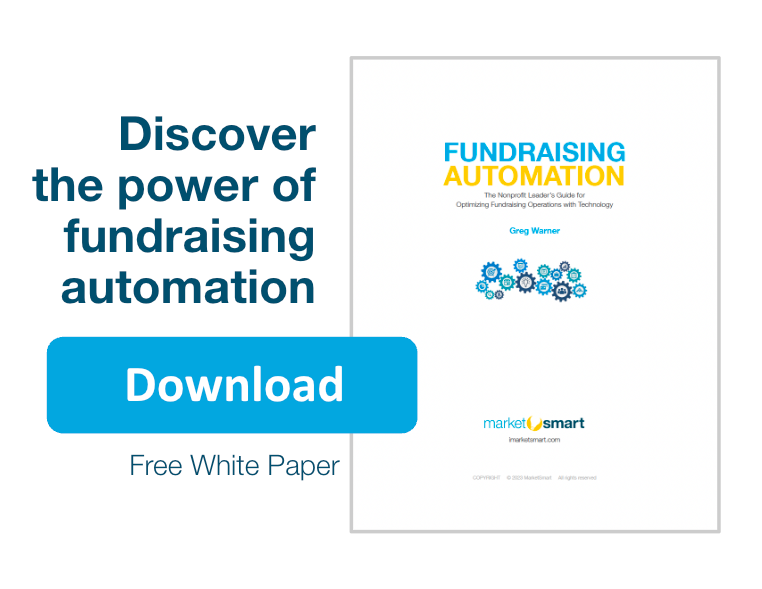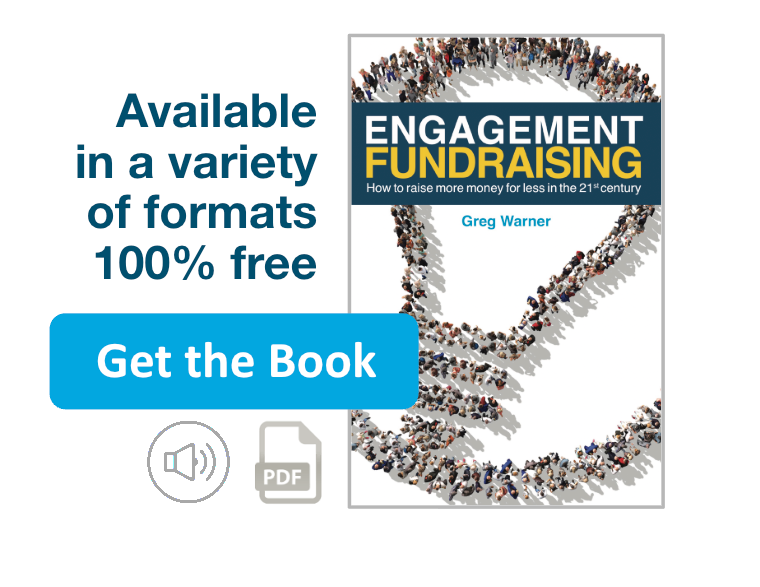 Sometimes it’s who you know not what you know. Fortunately for me, my cousin Richard (who I know) is the foremost authority on customer service. He’s got a new book out titled The Endangered Customer: 8 Steps to Guarantee Repeat Business. It’s terrific and most of it directly applies to your nonprofit business.
Sometimes it’s who you know not what you know. Fortunately for me, my cousin Richard (who I know) is the foremost authority on customer service. He’s got a new book out titled The Endangered Customer: 8 Steps to Guarantee Repeat Business. It’s terrific and most of it directly applies to your nonprofit business.
Here are some points I pulled from his book. But you’ll want to buy it for much more. It’s a pretty short and easy read.
1. Make Me Feel Welcome and Give Me Hope
“What gives people hope is a welcoming feeling. This usually happens during the first few moments of the initial encounter. Make a good first impression. “Welcome customers [donors] as you would guests in your home.”
2. Give Me Your Full Attention Because It Makes Them Feel In Control
“Listen and pay attention. It demonstrates that the customer [donor] is important and worthy of your respect.”
3. Answering More Than My Question Makes Me Feel Connected
“Questions are the sign of a fully engaged customer [donor]. This is an opportunity to either create or build upon a deeper relationship. By answering more than the customer’s [donor’s] question, you can offer valuable guidance the customer can’t get anywhere else.”
4. Knowing Your Stuff Builds Trust
“Customers [donors] want someone who is knowledgeable about the company’s merchandise or details of their service to help them.”
5. Turnover Drains Trust
“The cost of employee [fundraiser] turnover is rarely quantified or discussed and should be included in the ROI formula. There are many missed opportunities for relationship building between the customer [donor] and the employee when staff is constantly changing.”
6. Saying “NO” Only Leads to Frustration
“There are many variations: ‘Can’t,’ ‘Not allowed,’ ‘Won’t.’ All of them have the capacity to destroy customer [donor] goodwill. Before you say no, won’t or can’t, think about an alternative reply. ‘Let me check on that and get back to you by a specific time and day or I’ll ask my manager and do some research on the Internet.”
7. Make Me Feel Wanted By Inviting Me to Return
“We are hot-wired, with mirror neurons, to respond positively to positive, friendly requests. When customers [donors] have a good transactional experience, and the associate sends a message to come again, the customer will do just that, return.”
8. Show That You Care and That I Matter
“In order to develop true customer loyalty, the shopping experience must be more than just a transactional exchange. Gestures of acknowledgment are critical to remind customers they are valuable.”
“It is innate in human nature to be suspicious of someone who does not express interest after money has changed hands. Extending beyond the transaction to express appreciation provides an opportunity for a true human connection. Pick any company that customers say they “love,” and you will find their customers know they matter. Customers will not want to pursue a “love affair” if communications suggest the company doesn’t care about you as a person.”
9. Surprise Me in Good Ways To Make Me Feel Special
“Customers crave attention and want that special feeling. Show the customer he or she is important even after the sale [donation]. Magic can happen in simple ways. Customer [donor] satisfaction is a minimal standard; true relationships are built around surprise and delight.”
Recommendations
>> Personalization is the Key to Your Donor’s Heart
>> Is there a magic dollar amount for donor retention?
>> How to crack the code for donor retention




